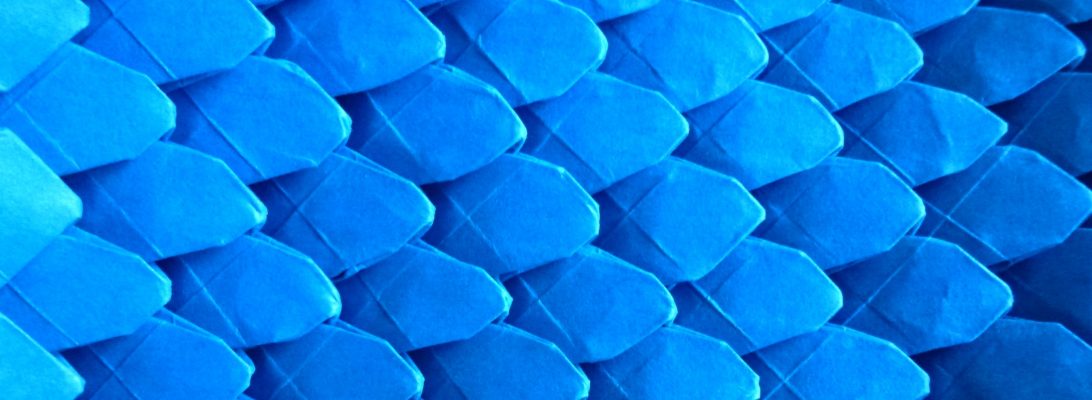Just before the Origami Marathon this year, Fergus Curry dropped a free access download to a new hedron that I knew I had to try. I cut the 30 papers and then ran out of time to actually fold them prior to the marathon:

Returning to this fold recently, I went into production-line mode to ensure I had fold consistency for each module given angle construction was a core requirement (ie. there is no “template”, you make the angles fresh each page, twice).
The resultant module have a pair of hinged triangles as faces, and deep pockets and twice bent tabs that, when together, make a really positive join.
Construction was at times painful – seating the modules inside their nearest neighbors requires you insert a tab around a corner that is being pulled closed as you seat it. Early on, mating modules is ok but as you lose access to the inside of the solid, it becomes more and more awkward. I resorted to a symphony of tweezers near the end to close it up.
Continue reading






